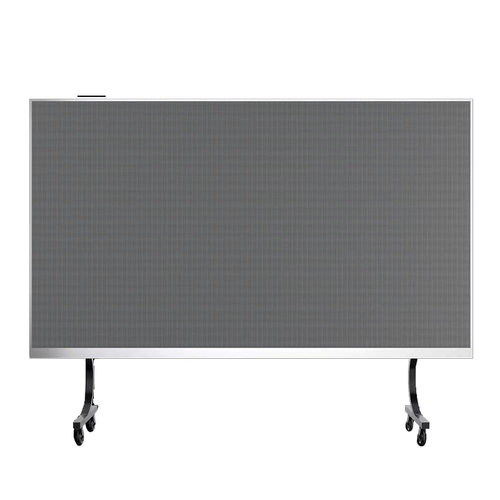How do you calibrate LED screens?
Calibrating LED screens is a multi-stage technical process focused on achieving uniform brightness, precise colors, and seamless visual alignment across the entire display. Here’s a professional breakdown of the key steps and principles:
Core Stages of LED Screen Calibration
-
Physical Preparation & Setup
- Ensure panels are mechanically aligned (no gaps, warping, or height differences).
- Verify signal integrity: Correct cabling, power stability, and processor configuration.
- Stabilize ambient lighting/temperature (thermal changes affect LED output).
-
Factory Calibration Data (Pre-Loaded)
- Manufacturers often embed per-module calibration data to compensate for LED binning variations.
- Field calibration refines this further for the specific installation.
-
Dark Calibration (Black Balance / Uniformity)
- Measures off-state uniformity (residual glow/”black glow” of LEDs when off).
- Compensates for variations in LED dark-state performance.
- Tools: Brompton “Dark Cal,” NovaStar “PixelPerfect,” Colorlight calibration suite.
-
Brightness & Color Calibration (Lens Shading / Per-Pixel Adjustment)
- Per-Pixel Brightness (Luma): Measures/output adjusts individual LED brightness.
- Per-Pixel Color (Chroma): Corrects deviations in red/green/blue intensity.
- Tools: Calibration camera (e.g., SEEK Compact Pro CL) + processor software (Brompton, NovaStar, etc.).
-
Panel-to-Panel Blending & Color Matching
- Ensures seamless brightness/color transitions between adjacent panels.
- Adjusts edge LEDs to eliminate “tile lines.”
-
Geometry Correction (Warp & Blend)
- Corrects optical distortions (curved screens, fisheye lenses, off-angle viewing).
- Aligns imagery across irregular shapes using mesh warping.
- Tools: Brompton Tessera warp processor, NovaStar Apex mapping.
-
Final Color Grading & Validation
- Use a spectrophotometer (e.g., X-Rite i1Pro, Klein K-10A) to verify:
- Grayscale tracking (gamma, EOTF).
- Color gamut coverage (Rec.709, DCI-P3, Rec.2020).
- Delta-E accuracy (color deviation).
- Software: CalMAN, Light Illusion Lightspace, or built-in processor tools.
- Use a spectrophotometer (e.g., X-Rite i1Pro, Klein K-10A) to verify:
Key Tools Required
| Tool Type | Examples | Purpose |
|---|---|---|
| LED Video Processor | Brompton Tessera, NovaStar Apex, Colorlight | Runs calibration algorithms & stores data |
| Calibration Camera | SEEK Compact Pro CL, Xyla/Kron (Brompton) | Measures per-pixel brightness/color |
| Spectrophotometer | X-Rite i1Pro 3, Klein K-10A | Validates color accuracy & grayscale |
| Software | Brompton Framework, NovaStar PC-Link, CalMAN | Controls calibration workflow & analysis |
Critical Considerations
- Controller Dependency: Calibration capabilities are tied to your LED processor (e.g., Brompton’s system is proprietary).
- Thermal Stability: Calibrate at operational temperature (LED output drifts with heat).
- HDR Workflows: For HDR (High Dynamic Range), validate peak nits, PQ/HLG curves, and color volume.
- Maintenance: Recalibrate periodically (LEDs degrade unevenly) or after physical changes.
Industry-Specific Workflows
- Broadcast/Virtual Production:
Brompton calibration + real-time color matching to camera feeds using 3D LUTs. - Control Rooms:
NovaStar/Colorlight calibration + focus on grayscale uniformity for data accuracy. - Live Events:
Fast calibration using pre-stored profiles; prioritize brightness uniformity.
⚠️ Note: Dead/LED failures must be repaired before calibration. No software can fix hardware defects.
For large installations, calibration is often done panel-by-panel using automated camera rigs. Always consult your processor and panel manufacturer’s guidelines—methods vary by hardware!
 How to choose the right LED display for your application?
How to choose the right LED display for your application?
 What is meant by LED display?
What is meant by LED display?
 How to tell if my LED screen needs calibration?
How to tell if my LED screen needs calibration?
 How often should LED screens be calibrated?
How often should LED screens be calibrated?
